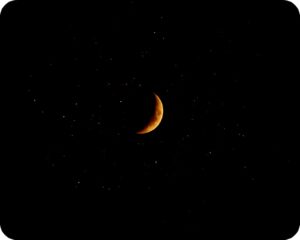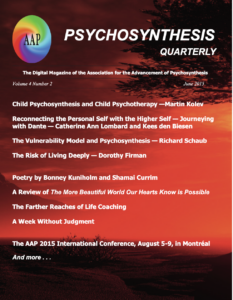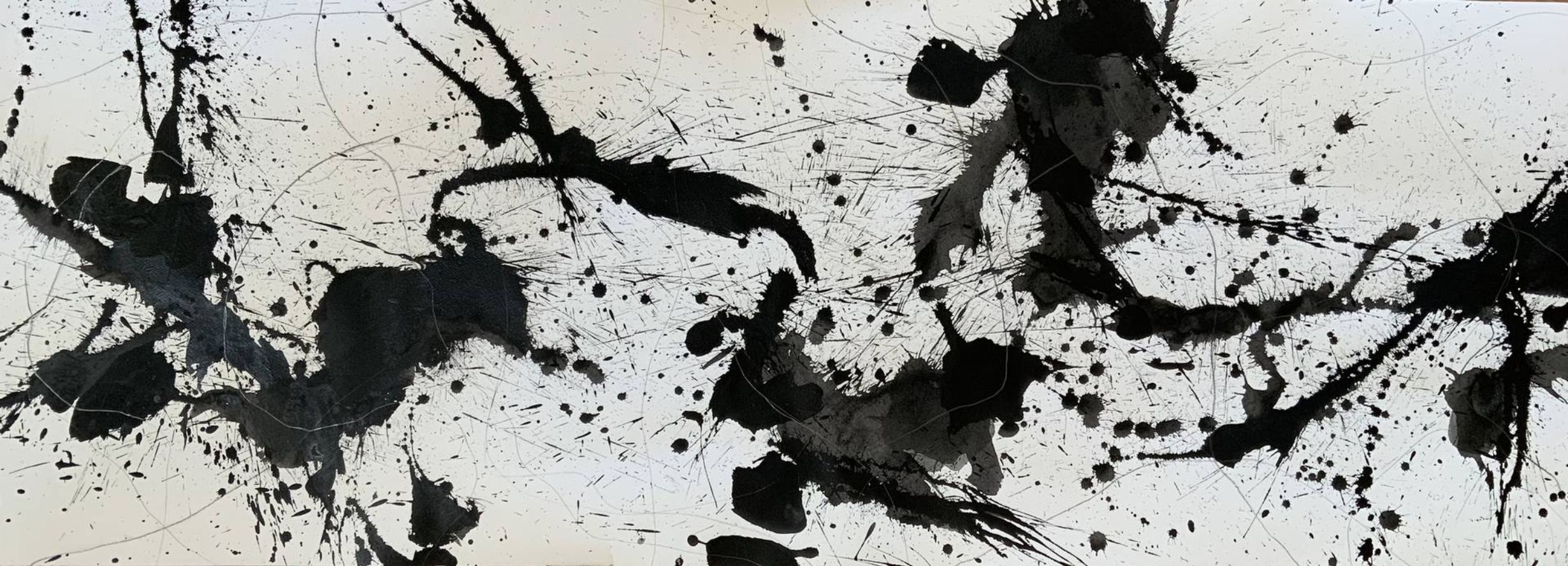“Why is it more often than not when we find ourselves awed by the beauty of creation? With the thoughts of ‘beauty’ and ‘love’ on my mind, inspired by Ave Maria University’s ‘Love Week’, I find myself contemplating Dante’s inspiring and thought-provoking quote: ‘Beauty awakens the soul to act.’ I’m determined to not only make that the focus of my contemplation this week, but for the rest of my life.
[. . .]
“The beauty in which I’m so moved by, must in some way affect others? How could it not? J.R.R. Tolkein understood the great significance in the power of awakening our minds to a contemplation of deeper truths, for he said ‘Not all who wander are lost.’ This should ring true to every human creature who longs for and is called to a contemplation of the deeper truths which surround him. It is good that we are surprised and prompted to act by the beauty that surrounds man, but I think it should be less of a rarity in our daily life and more of a norm that becomes a part of our daily interactions. I say, wander. Contemplate. Be prompted to act by the beauty that every human soul longs for!” —BriLaw, “Beauty awakens the soul to act,” Blogger, February 9, 2011 (retrieved February 29, 2024)





